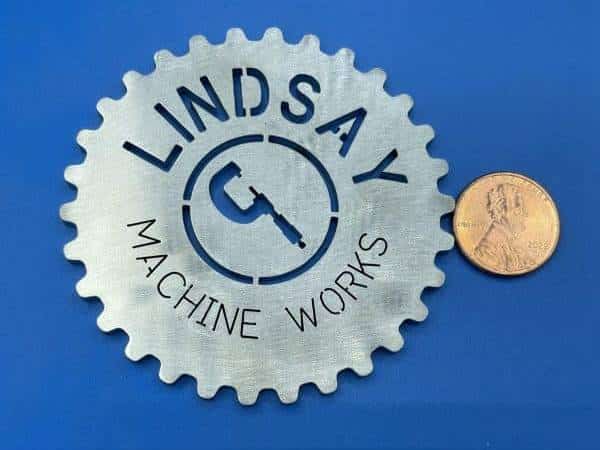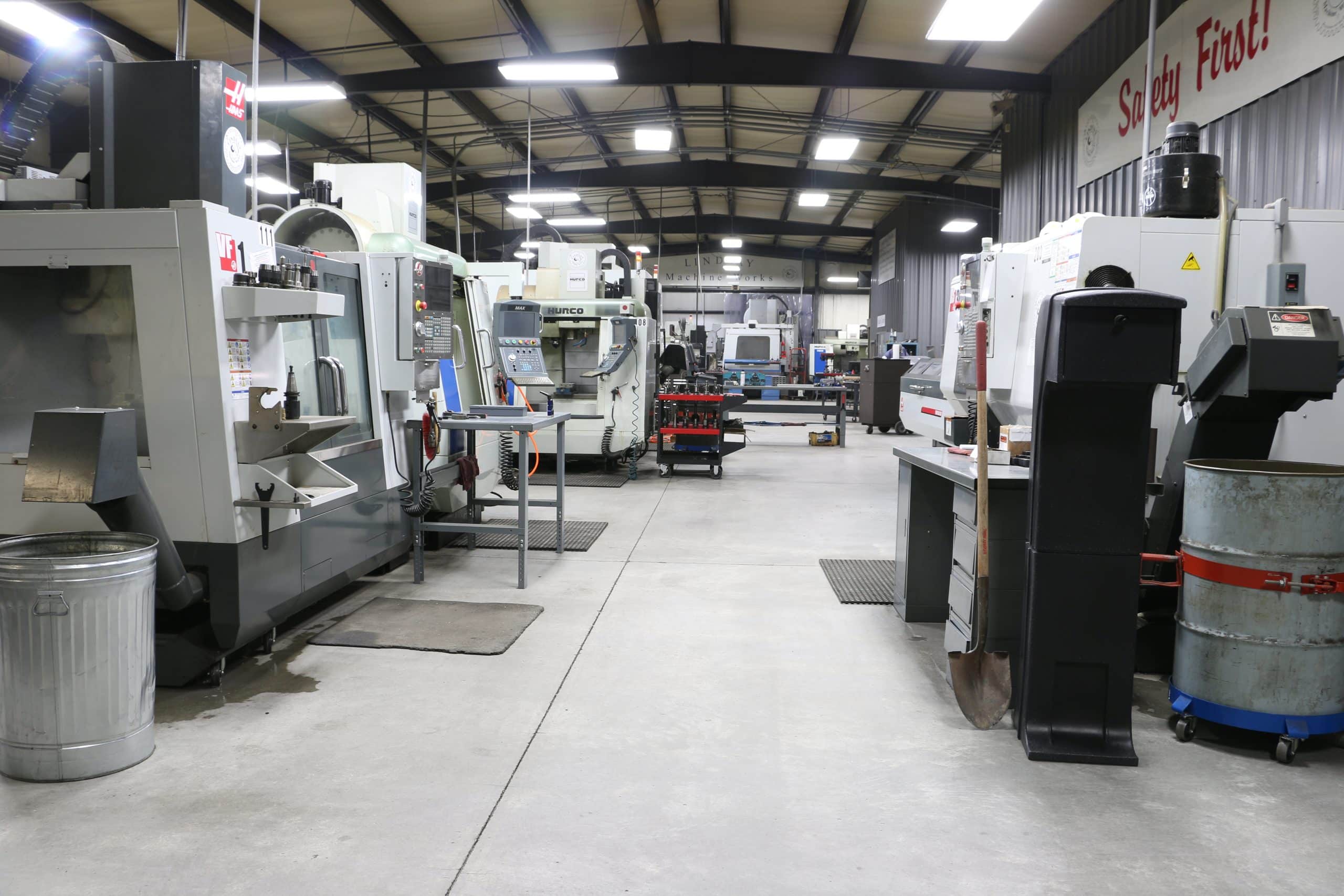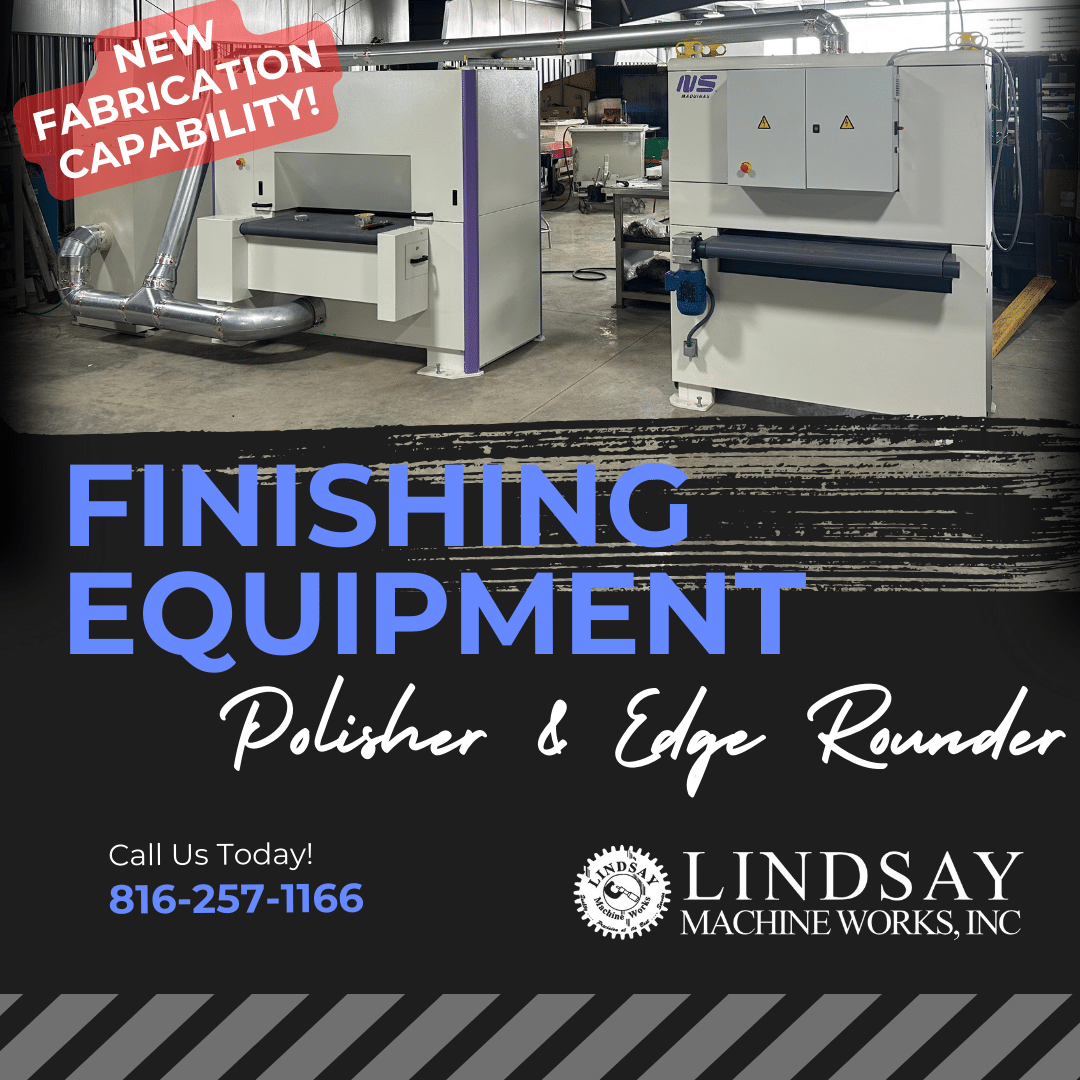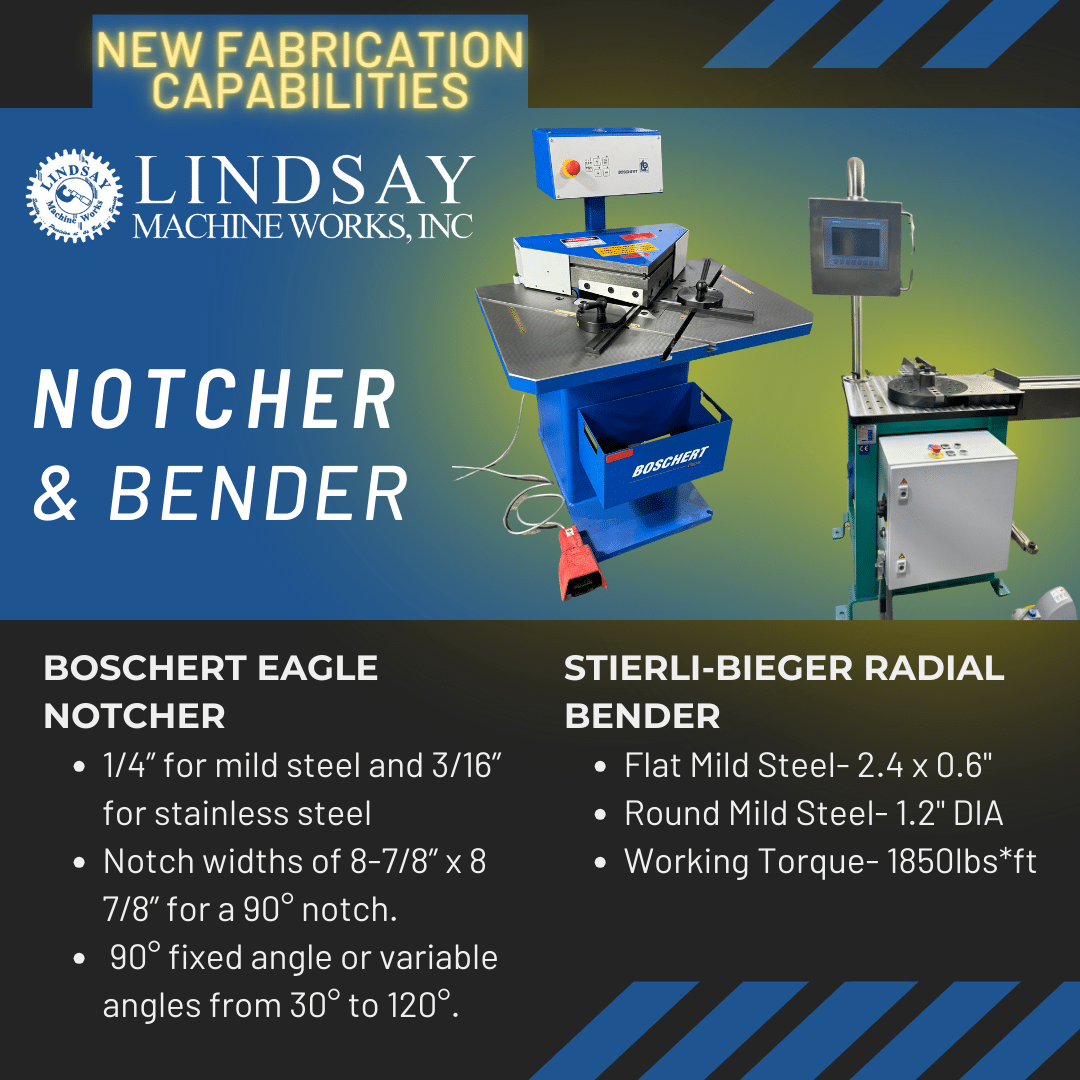Fiber Laser Cutting
Looking for high-volume, high-precision, and fast turn-around metal parts or components to be cut?
We offer state-of-the-art fiber laser cutting services that deliver unparalleled accuracy and speed, ensuring your metal fabrication projects are completed efficiently and to the highest standards.
Our new HK Falcon Fiber Laser can cut almost any metal into shapes and intricacies with an unmatched speed on thin gauge material by any other process if the tolerances are acceptable. Our laser is upgraded to a 4KW optic laser to give us a wider range of cutting thicknesses. It can also etch any design in addition to thru cutting parts. Up to 60″ x 120″ Sheet.



What are the advantages of fiber laser cutting?
- Precision Cutting: Fiber lasers offer high precision, allowing for intricate designs and tight tolerances in metal cutting.
- Versatility: Fiber lasers can cut a wide range of metals including stainless steel, aluminum, copper, brass, and more, making them versatile for various applications.
- Speed: Fiber lasers are faster than traditional cutting methods, reducing production time and costs.
- Complex Shapes: They can easily cut complex shapes and patterns that may be difficult or impossible with other methods.
- Minimal Material Waste: Laser cutting produces minimal kerf width, resulting in less material waste compared to other cutting techniques.
- No Tooling Costs: Unlike mechanical cutting methods, fiber lasers do not require expensive tooling setups, reducing setup costs.
- Scalability: Fiber laser cutting services are scalable from small-scale prototyping to large-scale production runs.
Fiber lasers offer several advantages over traditional CO2 lasers, including higher efficiency, greater reliability, lower maintenance, and superior beam quality. The high power density of the laser beam allows for rapid heating, melting, and vaporization of the material, resulting in clean cuts with minimal thermal distortion. Fiber lasers are integral in industries such as aerospace, automotive, electronics, and metal fabrication, where precision and speed are crucial.
How does a fiber laser work?
A fiber laser works by using an optical fiber as the active gain medium. The optical fiber is doped with rare-earth elements such as ytterbium, erbium, or thulium, which provide the necessary atomic structure to amplify light. The process starts when a pump source, typically a laser diode, injects energy into the doped fiber. This energy excites the rare-earth ions, causing them to emit photons.
The emitted photons are then guided through the fiber, which acts as a waveguide, and undergo multiple reflections within the core of the fiber. The confinement and repeated reflections amplify the light in a process known as stimulated emission. The amplified light exits the fiber as a highly focused and coherent laser beam with high power density. This beam can be precisely controlled and directed at the material to be cut or engraved.
The high power density of the fiber laser beam allows it to rapidly heat, melt, and vaporize the material, resulting in clean and precise cuts with minimal thermal distortion. Fiber lasers are known for their efficiency, reliability, and exceptional beam quality, making them ideal for high-precision applications in various industries, such as aerospace, automotive, electronics, and metal fabrication.
What materials can be laser cut or engraved?
Fiber lasers are highly versatile and can cut or engrave a wide variety of materials with exceptional precision and speed. This flexibility makes them suitable for numerous applications across different industries. Here are some of the materials that can be effectively cut or engraved using a fiber laser:
- Stainless Steel:
- Carbon Steel
- Aluminum
- Copper
- Brass
- Titanium
- Nickel Alloys
- Tool Steel
- Galvanized Steel
In addition to metals, fiber lasers can also be used for engraving certain non-metallic materials, offering further versatility in applications.
Can a fiber laser etch or engrave?
Yes, a fiber laser can etch or engrave various materials with high precision and speed. The process of etching or engraving involves removing material from the surface to create a permanent mark or design. Fiber lasers excel at this task due to their fine beam quality and high power density, which allows for intricate detailing and crisp, clean lines.
When etching or engraving metals, fiber lasers can produce highly detailed marks, such as serial numbers, logos, barcodes, or decorative patterns. The precision of the laser beam ensures minimal material waste and consistent results across multiple pieces. Fiber lasers are also capable of engraving certain non-metallic materials, such as some plastics and ceramics, although the effectiveness can vary depending on the material properties.
Fiber lasers offer a reliable and versatile solution for both etching and engraving applications, making them ideal for industries requiring high-precision markings.





